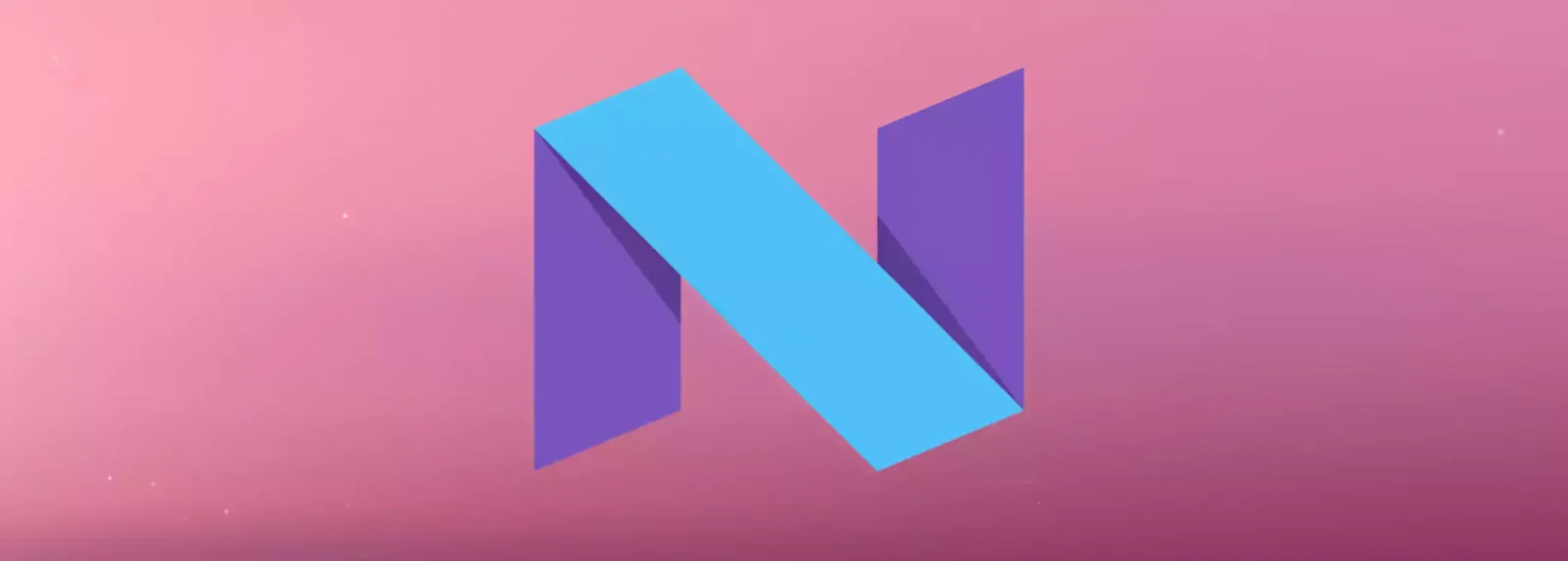Google has today started rolling out the second release of the Android N Developer Preview. In an effort to allow developers to familiarise themselves with the new system before the May I/O conference, Google rolled out the first Android N Developer Preview last month.
This latest preview of Android N fixes a few bugs identified by testers, such as not being able to connect to hidden Wi-Fi networks (AOSP 203116), Multiwindow pauses (AOSP 203424), and Direct Reply closing an open activity (AOSP 204411), to name just a few.
What’s new:
Vulkan: Vulkan is a new 3D rendering API which Google helped to develop as a member of Khronos, geared at providing explicit, low-overhead GPU (Graphics Processor Unit) control to developers and offers a significant boost in performance for draw-call heavy applications.
Vulkan’s reduction of CPU overhead allows some synthetic benchmarks to see as much as 10 times the draw-call throughput on a single core as compared to OpenGL ES. Combined with a threading-friendly API design which allows multiple cores to be used in parallel with high efficiency, this offers a significant boost in performance for draw-call heavy applications.
With Android N, Google has made Vulkan a part of the platform; you can try it out on supported devices running Developer Preview 2.
Launcher shortcuts: Now, apps can define shortcuts which users can expose in the launcher to help them perform actions quicker. These shortcuts contain an Intent into specific points within your app (like sending a message to your best friend, navigating home in a mapping app, or playing the next episode of a TV show in a media app).
An application can publish shortcuts with ShortcutManager.setDynamicShortcuts(List) andShortcutManager.addDynamicShortcut(ShortcutInfo), and launchers can be expected to show 3-5 shortcuts for a given app.
Emoji Unicode 9 support: new emoji design is being introduced that moves away from the generic look in favor of a more human-looking design. If you’re a keyboard or messaging app developer, you should start incorporating these emoji into your apps.
The update also introduces support for skin tone variations and Unicode 9 glyphs, like the bacon, selfie and face palm. You can dynamically check for the new emoji characters using Paint.hasGlyph().
API changes: This update includes API changes as Google continue to refine features such as multi-window support (you can now specify a separate minimum height and minimum width for an activity), notifications, and others.
Bug fixes: number of issues have been resolved throughout the system, including these fixes for issues that have been reported through the public issue tracker.
The new factory images are now available for download, and the OTA version will begin rolling out shortly.



